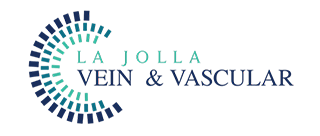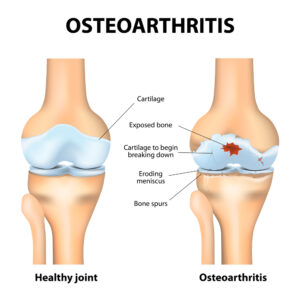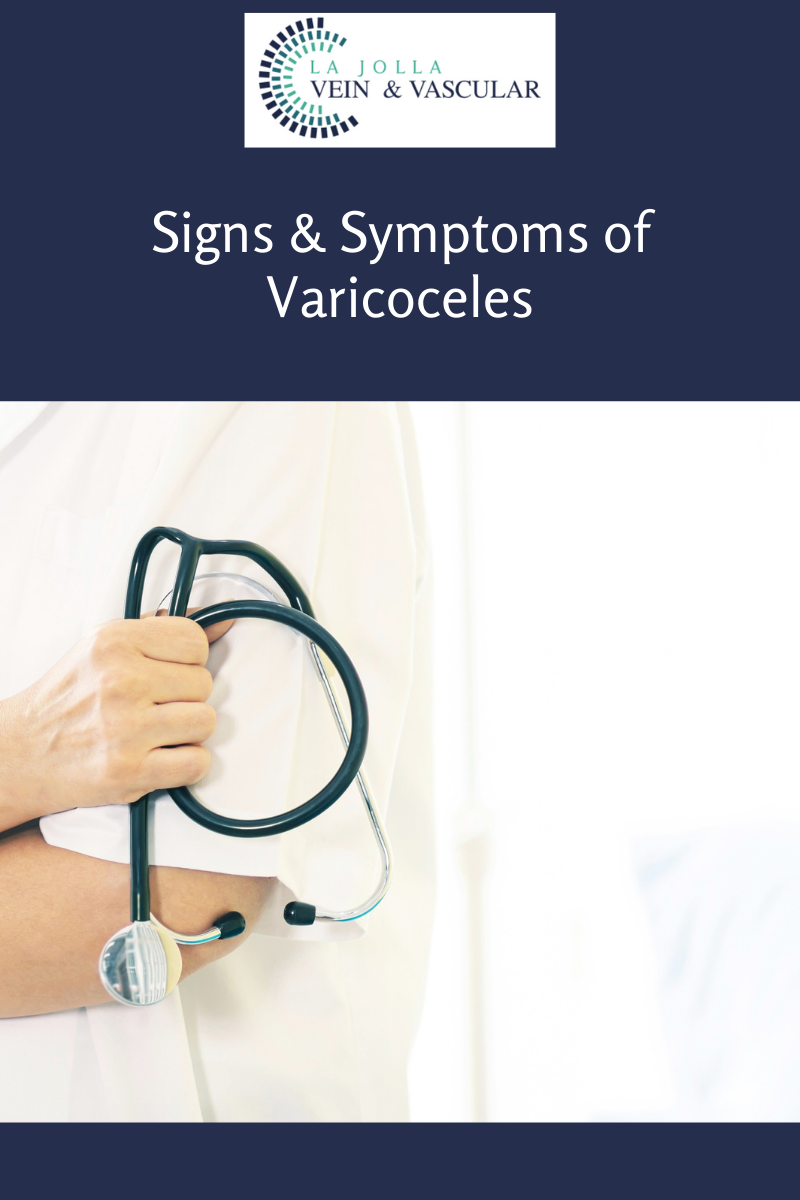Spider Veins: Before & After Transformation
LJVascular2022-06-25T16:03:26-07:00What are spider veins?
Spider veins are the fine, thread-like reddish veins at the surface of the skin. These veins are not healthy. Veins are often considered a cosmetic issue, but they can be associated with underlying feeder veins, not visible to the naked eye. Feeder veins are the ‘blue veins’ also […]














